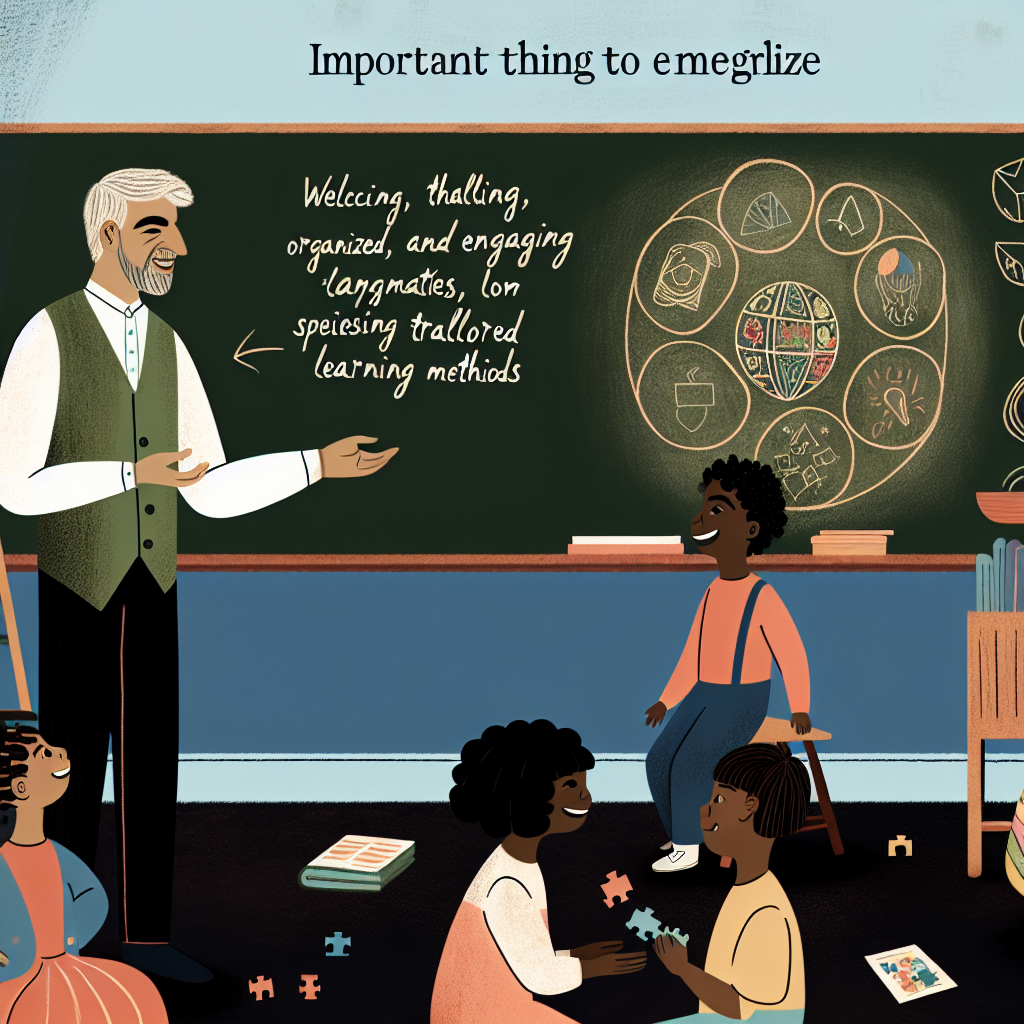🧠 How Chewing Gum Helped Reduce Rumination in a Teenager with Autism
Rumination, or the repeated regurgitation of food, is a dangerous behavior—especially for individuals with developmental disabilities like autism. Not only can this behavior lead to malnutrition, weight loss, and esophagus damage, it’s also notoriously hard to treat because it’s often maintained by automatic reinforcement. A recent 2023 study by Cooper, Weyman, and Kahng offers a practical and non-invasive solution: chewing gum.
In their paper, “An Evaluation of Contingent Gum Chewing on Rumination Exhibited by an Adolescent with Autism Spectrum Disorder,” published in Behavior Analysis in Practice, the authors explored how chewing gum—either provided noncontingently or contingent upon rumination—affected this severe behavior in a clinical setting.
Let’s take a closer look at the study and what it means for behavior analysts working in Applied Behavior Analysis (ABA).
🔬 What Is Rumination and Why Does It Matter?
Rumination isn’t just an occasional nuisance—it’s a serious issue that poses multiple health risks. This behavior can lead to:
- Tooth decay and esophagitis
- Gastrointestinal problems
- Weight loss and growth issues
In individuals with autism and developmental disabilities, rumination often happens because it feels good—this is known as behavior maintained by automatic reinforcement. Traditional interventions, like punishment or competing sensory input, can be hard to implement and may not be ethical or long-lasting.
That’s why the use of gum chewing as a strategy is gaining interest.
👦 Meet Keldon: The Study’s Focus
The research focused on Keldon, a 12-year-old boy with autism. He had minimal verbal communication and regularly attended center-based therapy. He had no difficulty chewing or swallowing, but his rumination was persistent and occurred across settings and activities.
Health concerns included:
- Esophagus inflammation
- Chronic gastritis
- No identified swallowing difficulties
Pre-study observations showed that Keldon engaged in rumination at a rate of 0.81 responses per minute. This clearly met the criteria for intervention.
🧪 The Interventions Tested
The study utilized two chewing gum-based interventions:
1. Continuous Noncontingent Gum (NCG)
- Gum available for the entire therapy session
- Green card used as a visual prompt for gum
- Gum replaced if spit out
2. Contingent Gum (CG)
- Gum given for 5 minutes after each rumination incident
- Visual cue included instruction: “Chew your gum”
- Escape extinction was planned but never needed
An additional no-gum condition was also used for comparison, with a red-slash visual signal and no gum provided.
All sessions were observed using the Countee app with an outstanding interobserver agreement of 99.8%.
📊 What Did They Find?
Here are the key results from this single-subject study:
- During NCG sessions, rumination dropped from baseline levels (mean 0.81 per minute) to a mean of 0.85 per minute—showing small reductions.
- The most significant impact came from the contingent gum condition:
- Baseline rate: 4.6 per minute
- CG condition: Drop to near-zero rumination across most sessions
- Maintained effects for 6 weeks
- Generalized to caregiver (parent)
In practical settings, this means CG may offer a more sustainable and flexible intervention compared to NCG, which could interfere with speech or be harder to use all day.
🔑 10 Key Takeaways for ABA Practitioners
- Both gum-chewing interventions reduced rumination.
- CG was more effective than NCG in lowering behavior rates.
- Gum chewing is easy to teach, and Keldon had no issue with gum safety.
- CG is practical for parents and therapists to implement.
- Rumination in this case was likely automatically maintained.
- High data reliability (99.8% agreement) strengthens outcome confidence.
- This study replicated and extended past findings (e.g., Rhine & Tarbox, 2009).
- Gum chewing may interrupt the sensory consequences of rumination.
- The visual signals used helped establish stimulus control.
- This adds to the growing list of ethical, data-supported interventions for severe behavior.
💡 Why Might Chewing Gum Work?
There are a few possible mechanisms behind the success of this procedure:
- 📌 Competing behavior: Chewing might block the internal sensations that reinforce rumination.
- 📌 Positive punishment: Receiving gum after rumination may reduce the behavior by providing a response that is either neutral or slightly aversive under those conditions.
- 📌 Discriminative stimulus control: The gum may signal an environment where rumination doesn’t lead to reinforcement.
All are theoretical but give behavior analysts a framework for understanding clinical decisions.
⚠️ Limitations to Keep in Mind
As always, it's important to view the results with a critical eye. The study had some limitations:
- Only one participant was included.
- No formal functional analysis confirmed the behavior’s function.
- CG and NCG weren’t compared side-by-side in the same intervention phase.
- Parent generalization and real-world use were limited.
- Longer maintenance data (beyond 6 weeks) were not collected.
These limitations highlight the need for further research before widespread application.
✅ Practical Applications for Your Practice
Behavior analysts can take away several useful insights:
- CG is a low-effort intervention that doesn't interfere significantly with the therapy session.
- It’s appropriate for automatic behaviors where traditional reinforcement strategies don't succeed.
- Parents can be trained to deliver it, enhancing consistency at home.
In sum, gum chewing, when used strategically and ethically, can be an effective, low-cost method to reduce rumination in individuals with autism.
🔍 Future Directions
To grow this line of research, future studies could:
- Include a larger, diverse sample of participants.
- Compare CG and NCG head-to-head.
- Investigate other competing stimuli (e.g., crunchy snacks or oral-motor toys).
- Extend analysis to school and home environments.
- Gather data on participant preferences and caregiver satisfaction.
- Look at treatment durability over months, not just weeks.
📚 Final Thoughts and Call to Action
This study by Cooper, Weyman, and Kahng (2023, Behavior Analysis in Practice, Vol. 16) adds meaningful evidence to the ABA toolkit for treating rumination. The use of contingent gum chewing offers a practical, ethical, and replicable strategy that behavior analysts—and caregivers—can successfully implement.
To read the full article, visit: https://doi.org/10.1007/s40617-023-00801-4
Want to keep learning about behavioral interventions that make a difference? Stay tuned for further research spotlights, and consider sharing this post with colleagues seeking evidence-based responses to complex behaviors.



